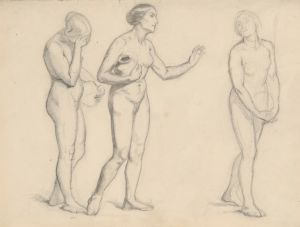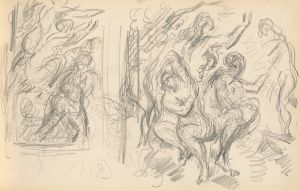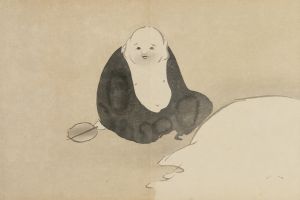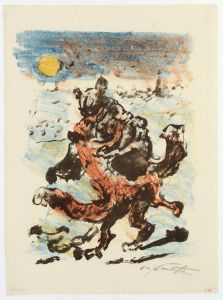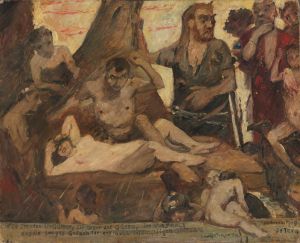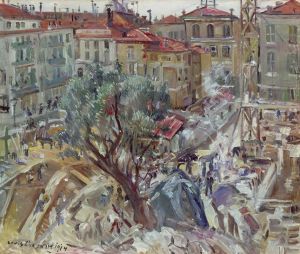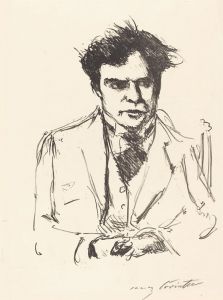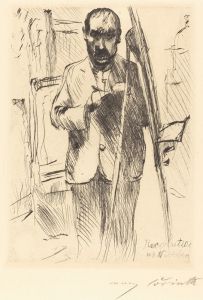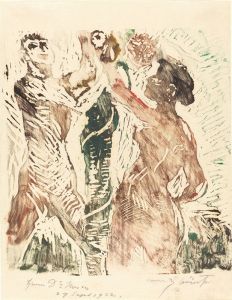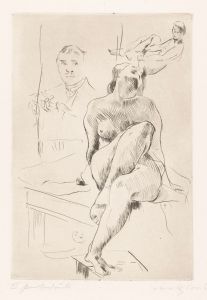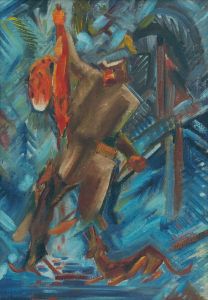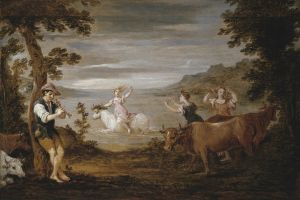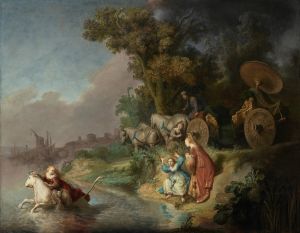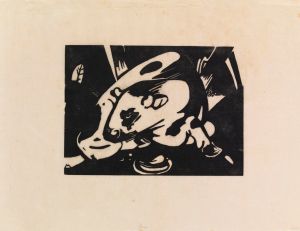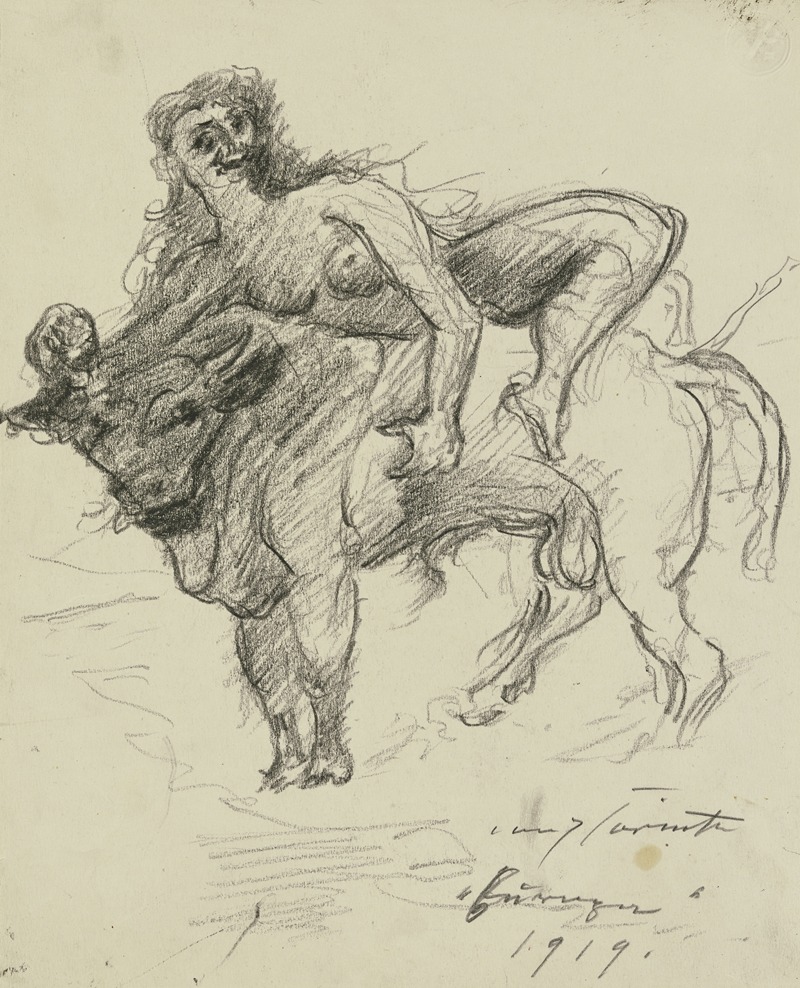
Europa on the bull
A hand-painted replica of Lovis Corinth’s masterpiece Europa on the bull, meticulously crafted by professional artists to capture the true essence of the original. Each piece is created with museum-quality canvas and rare mineral pigments, carefully painted by experienced artists with delicate brushstrokes and rich, layered colors to perfectly recreate the texture of the original artwork. Unlike machine-printed reproductions, this hand-painted version brings the painting to life, infused with the artist’s emotions and skill in every stroke. Whether for personal collection or home decoration, it instantly elevates the artistic atmosphere of any space.
Lovis Corinth's painting Europa on the Bull is a work by the German artist, created in 1923. Corinth, a prominent figure in German Impressionism and later Expressionism, was known for his dynamic brushwork and vivid use of color. This painting depicts the mythological story of Europa, a figure from Greek mythology, who was abducted by Zeus in the guise of a bull.
The subject of Europa and the bull has been a recurring theme in Western art for centuries, often symbolizing themes of love, transformation, and divine intervention. Corinth's interpretation of the myth is characteristic of his late style, which often featured bold, expressive strokes and a more emotional, less restrained approach to composition. The painting captures the dramatic moment of Europa's abduction, with a focus on movement and the interplay of light and shadow.
Corinth's later works, including Europa on the Bull, were influenced by his personal experiences and health struggles. After suffering a stroke in 1911, his style became more expressive and introspective, reflecting a shift in his artistic vision. This painting is considered an example of his mature period, where he combined elements of Impressionism with a more modern, emotional intensity.
The painting is housed in the Kunstmuseum Basel in Switzerland, which holds a significant collection of Corinth's works. It is regarded as an important piece within his oeuvre, showcasing his ability to reinterpret classical themes through a modern lens. The work exemplifies Corinth's mastery of color and form, as well as his engagement with mythological and historical subjects.
No further specific details about the creation process or initial reception of Europa on the Bull are widely documented.





